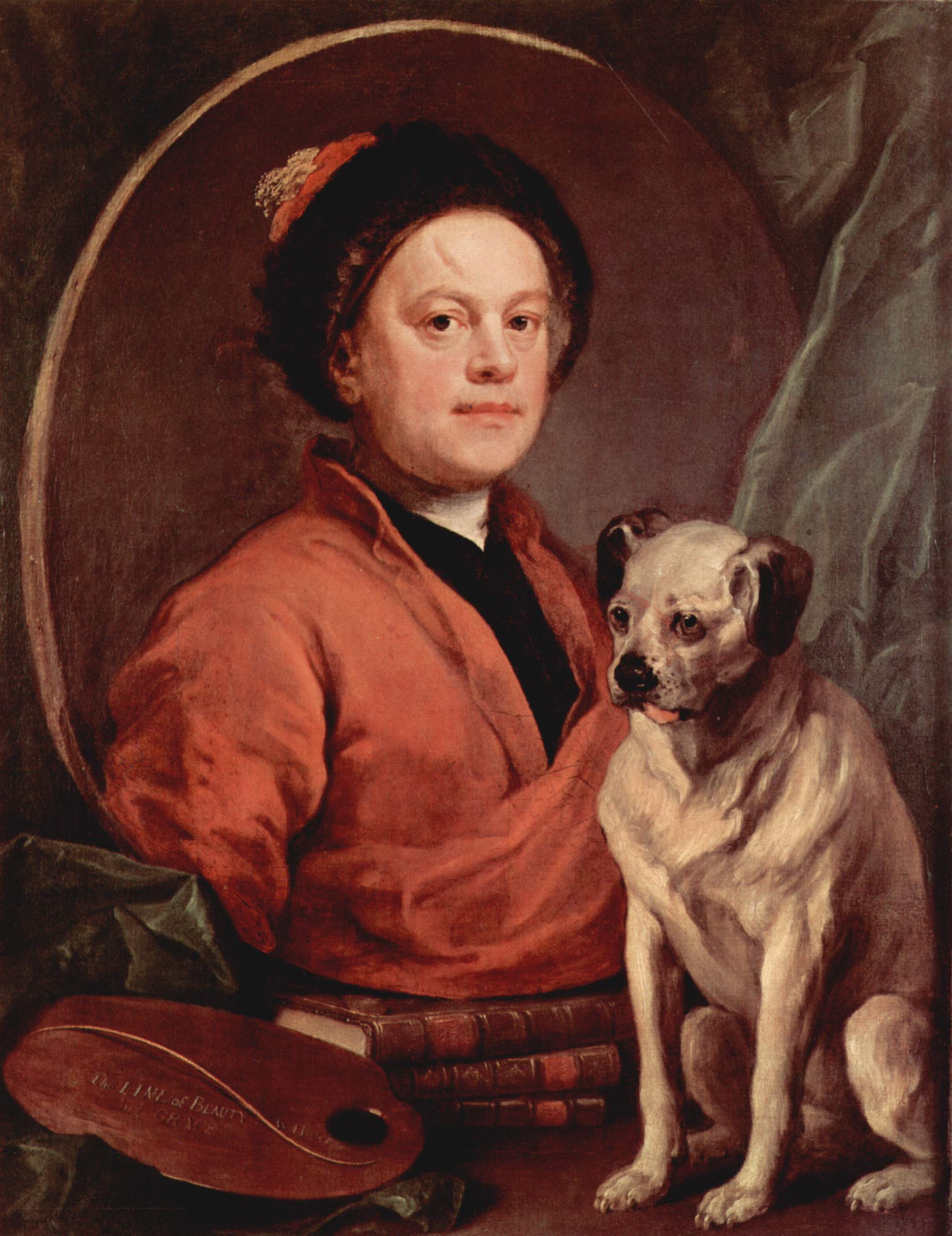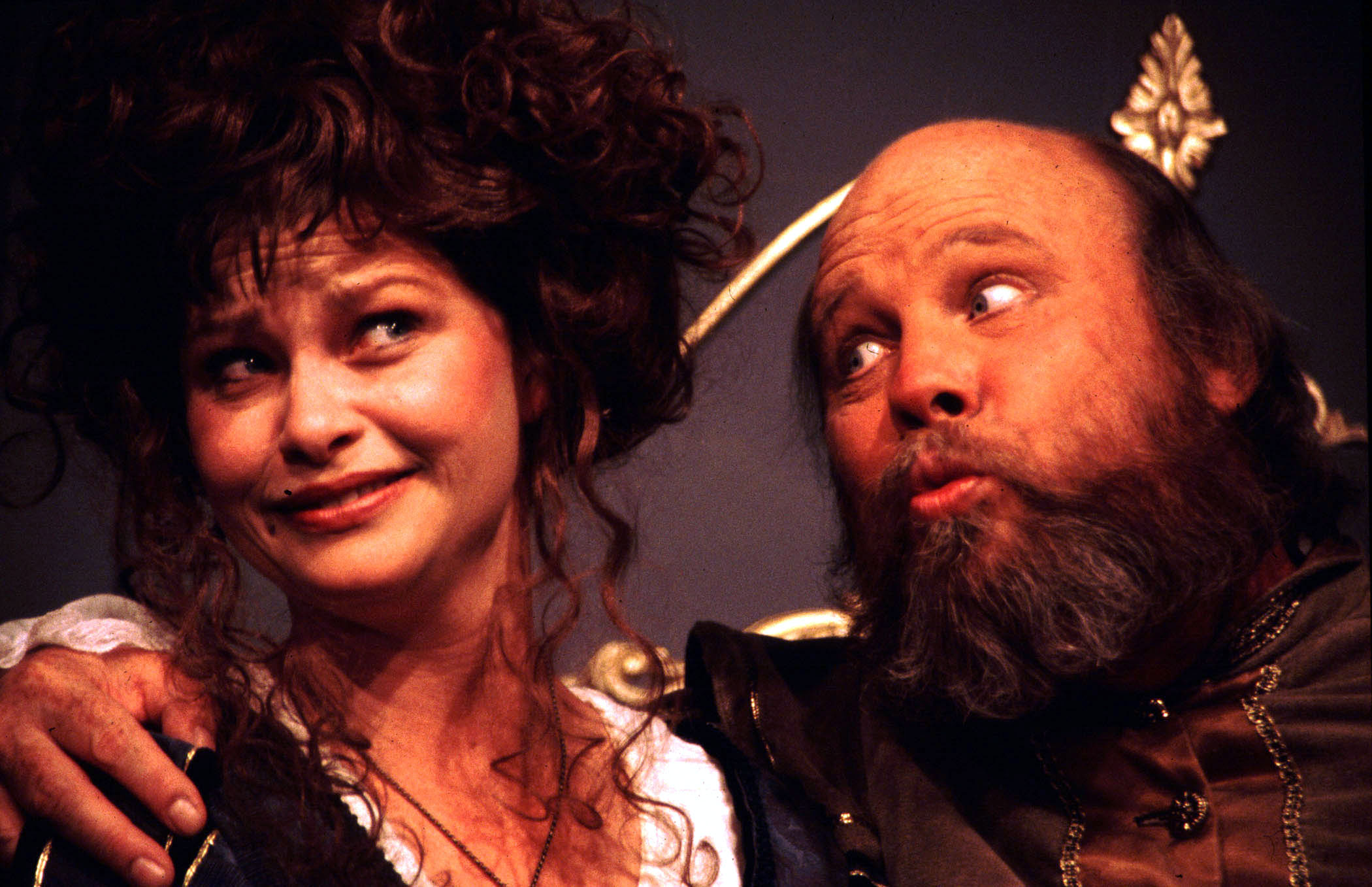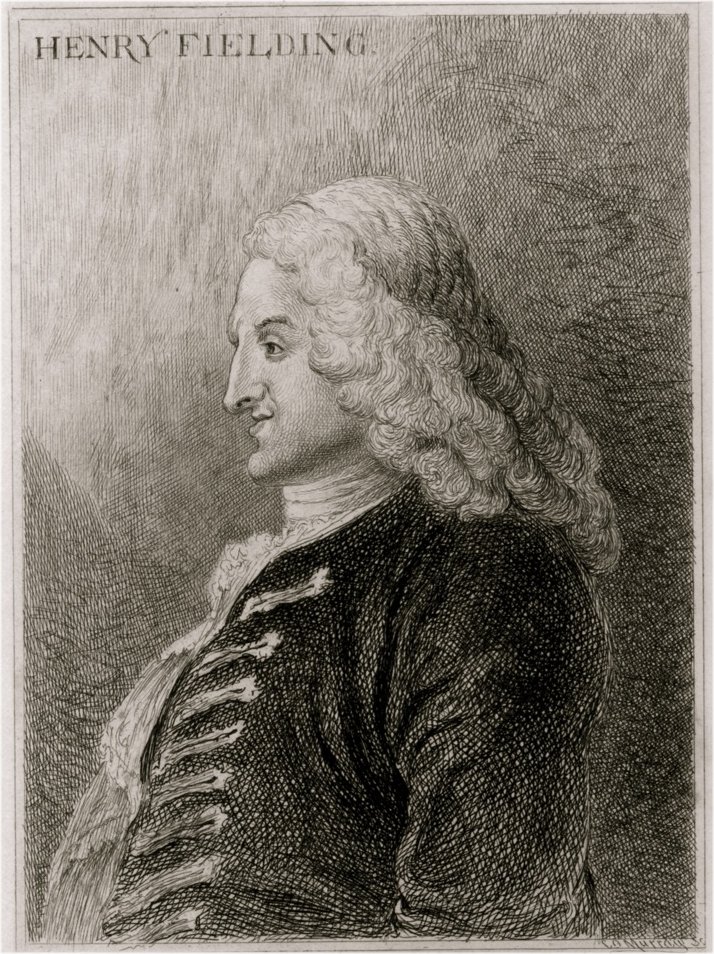|
Link-boy
A link-boy (or link boy or linkboy) was a boy who carried a flaming torch to light the way for pedestrians at night. Linkboys were common in London in the days before the introduction of gas lighting in the early to mid 19th century. The linkboy's fee was commonly one farthing, and the torch was often made from burning pitch and tow. Link-boys and their torches also accompanied litter vehicles, known as sedan chairs, that were operated by chairmen.Bath Chronicle (2 December 2002) ''Sedan Chairs Ride Again.'' Page 21. Where possible, the link boys escorted the fares to the chairmen, the passengers then being delivered to the door of their lodgings. Several houses in Bath, UK, and many in London still have the link extinguishers on the ex ... [...More Info...] [...Related Items...] OR: [Wikipedia] [Google] [Baidu] |
Betty Careless
Betty Careless or Betsy Careless (–1739) was a notorious prostitute and later bagnio-owner in 18th-century London. Probably born Elizabeth Carless (though she later used the name Mrs. Elizabeth Biddulph), she adapted her name to better suit her profession. Her name, beauty and reputation made her, like Sally Salisbury before her, something of an archetypal courtesan for the popular culture of the day. Biography She was born around 1704 in London. Nothing is known of her early life, but she was an established courtesan by the 1720s. Initially under the protection of the barrister Robert Henley (later Lord Chancellor), by 1729 when she opened her own house in Tavistock Row she was attached to Sir Charles Wyndham (later Earl of Egremont). Wyndham and Careless probably had a mutually beneficial relationship; he lived for free while his society connections ensured a higher-class clientele for Careless's house. In '' Amelia'', Henry Fielding recalled seeing her at a play when she ... [...More Info...] [...Related Items...] OR: [Wikipedia] [Google] [Baidu] |
Four Times Of The Day
''Four Times of the Day'' is a series of four oil paintings by English artist William Hogarth. They were completed in 1736 and in 1738 were reproduced and published as a series of four engravings. They are humorous depictions of life in the streets of London, the vagaries of fashion, and the interactions between the rich and poor. Unlike many of Hogarth's other series, such as ''A Harlot's Progress'', ''A Rake's Progress'', ''Industry and Idleness'', and ''The Four Stages of Cruelty'', it does not depict the story of an individual, but instead focuses on the society of the city in a humorous manner. Hogarth does not offer a judgment on whether the rich or poor are more deserving of the viewer's sympathies. In each scene, while the upper and middle classes tend to provide the focus, there are fewer moral comparisons than seen in some of his other works. Their dimensions are about by each. The four pictures depict scenes of daily life in various locations in London as the day ... [...More Info...] [...Related Items...] OR: [Wikipedia] [Google] [Baidu] |
The Four Stages Of Cruelty
''The Four Stages of Cruelty'' is a series of four printed engravings published by English artist William Hogarth in 1751. Each print depicts a different stage in the life of the fictional Tom Nero. Beginning with the torture of a dog as a child in the ''First stage of cruelty'', Nero progresses to beating his horse as a man in the ''Second stage of cruelty'', and then to robbery, seduction, and murder in ''Cruelty in perfection''. Finally, in ''The reward of cruelty'', he receives what Hogarth warns is the inevitable fate of those who start down the path Nero has followed: his body is taken from the gallows after his execution as a murderer and is mutilated by surgeons in the anatomical theatre. The prints were intended as a form of moral instruction; Hogarth was dismayed by the routine acts of cruelty he witnessed on the streets of London. Issued on cheap paper, the prints were destined for the lower classes. The series shows a roughness of execution and a brutality that is ... [...More Info...] [...Related Items...] OR: [Wikipedia] [Google] [Baidu] |
Litter (vehicle)
The litter is a class of wheelless vehicles, a type of human-powered transport, for the transport of people. Smaller litters may take the form of open chairs or beds carried by two or more carriers, some being enclosed for protection from the elements. Larger litters, for example those of the Chinese emperors, may resemble small rooms upon a platform borne upon the shoulders of a dozen or more people. To most efficiently carry a litter, porters either place the carrying poles directly upon their shoulders or use a yoke to transfer the load from the carrying poles to the shoulders. Definitions A simple litter consists of a sling attached along its length to poles or stretched inside a frame. The poles or frame are carried by porters in front and behind. Such simple litters are common on battlefields and emergency situations, where terrain prohibits wheeled vehicles from carrying away the dead and wounded. Litters can also be created quickly by the lashing of poles to a chai ... [...More Info...] [...Related Items...] OR: [Wikipedia] [Google] [Baidu] |
Cupid As Link Boy By Joshua Reynolds
In classical mythology, Cupid (Latin Cupīdō , meaning "passionate desire") is the god of desire, erotic love, attraction and affection. He is often portrayed as the son of the love goddess Venus and the god of war Mars. He is also known in Latin as ' ("Love"). His Greek counterpart is Eros.''Larousse Desk Reference Encyclopedia'', The Book People, Haydock, 1995, p. 215. Although Eros is generally portrayed as a slender winged youth in Classical Greek art, during the Hellenistic period, he was increasingly portrayed as a chubby boy. During this time, his iconography acquired the bow and arrow that represent his source of power: a person, or even a deity, who is shot by Cupid's arrow is filled with uncontrollable desire. In myths, Cupid is a minor character who serves mostly to set the plot in motion. He is a main character only in the tale of Cupid and Psyche, when wounded by his own weapons, he experiences the ordeal of love. Although other extended stories are not told abo ... [...More Info...] [...Related Items...] OR: [Wikipedia] [Google] [Baidu] |
Falstaff
Sir John Falstaff is a fictional character who appears in three plays by William Shakespeare and is eulogised in a fourth. His significance as a fully developed character is primarily formed in the plays '' Henry IV, Part 1'' and '' Part 2'', where he is a companion to Prince Hal, the future King Henry V of England. Falstaff is also featured as the buffoonish suitor of two married women in '' The Merry Wives of Windsor''. Though primarily a comic figure, Falstaff embodies a depth common to Shakespeare's major characters. A fat, vain, and boastful knight, he spends most of his time drinking at the Boar's Head Inn with petty criminals, living on stolen or borrowed money. Falstaff leads the apparently wayward Prince Hal into trouble, and is ultimately repudiated after Hal becomes king. Falstaff has since appeared in other media, including operas by Giuseppe Verdi, Ralph Vaughan Williams, and Otto Nicolai, and in Orson Welles' 1966 film ''Chimes at Midnight''. The operas focus ... [...More Info...] [...Related Items...] OR: [Wikipedia] [Google] [Baidu] |
Henry Fielding
Henry Fielding (22 April 1707 – 8 October 1754) was an English novelist, irony writer, and dramatist known for earthy humour and satire. His comic novel ''Tom Jones'' is still widely appreciated. He and Samuel Richardson are seen as founders of the traditional English novel. He also holds a place in the history of law enforcement, having used his authority as a magistrate to found the Bow Street Runners, London's first intermittently funded, full-time police force. Early life Fielding was born 22 April 1707 at Sharpham, Somerset, and educated at Eton College, where he began a lifelong friendship with William Pitt the Elder. His mother died when he was 11. A suit for custody was brought by his grandmother against his charming but irresponsible father, Lt Gen. Edmund Fielding. The settlement placed Henry in his grandmother's care, but he continued to see his father in London. In 1725, Henry tried to abduct his cousin Sarah Andrews (with whom he was infatuated) while she was ... [...More Info...] [...Related Items...] OR: [Wikipedia] [Google] [Baidu] |
Earl Of Sandwich
Earl of Sandwich is a noble title in the Peerage of England, held since its creation by the House of Montagu. It is nominally associated with Sandwich, Kent. It was created in 1660 for the prominent naval commander Admiral Sir Edward Montagu. He was made Baron Montagu of St Neots, of St Neots in the County of Huntingdon, and Viscount Hinchingbrooke, at the same time, also in the Peerage of England. The viscountcy is used as the courtesy title by the heir apparent to the earldom. A member of the prominent Montagu family, Lord Sandwich was the son of Sir Sidney Montagu, youngest brother of Henry Montagu, 1st Earl of Manchester (from whom the Dukes of Manchester descend), and Edward Montagu, 1st Baron Montagu of Boughton (from whom the Dukes of Montagu descended). He was succeeded by his son, the second Earl. He briefly represented Dover in the House of Commons and served as Ambassador to Portugal and as Lord Lieutenant of Huntingdonshire and Cambridgeshire. The second Earl's g ... [...More Info...] [...Related Items...] OR: [Wikipedia] [Google] [Baidu] |
John Montagu, 4th Earl Of Sandwich
John Montagu, 4th Earl of Sandwich, PC, FRS (13 November 1718 – 30 April 1792) was a British statesman who succeeded his grandfather Edward Montagu, 3rd Earl of Sandwich as the Earl of Sandwich in 1729, at the age of ten. During his life, he held various military and political offices, including Postmaster General, First Lord of the Admiralty, and Secretary of State for the Northern Department. He is also known for the claim that he was the eponymous inventor of the sandwich. Biography Early years John Montagu was born in 1718, the son of Edward Montagu, Viscount Hinchingbrooke. His father died when John was four, leaving him as his heir. His mother soon remarried and he had little further contact with her. He succeeded his grandfather as Earl of Sandwich in 1729, at the age of ten. He was educated at Eton and at Trinity College, Cambridge, and spent some time travelling, initially going on the Grand Tour around Continental Europe before visiting the more unusual dest ... [...More Info...] [...Related Items...] OR: [Wikipedia] [Google] [Baidu] |
Louis Peter Boitard
Louis Peter Boitard ( fl. 1750) was a French engraver and designer, who worked in London. Life He was born in France, and was a pupil of Raymond Lafage. His father François Boitard brought him to England. The date of Louis Boitard's death is unknown, being stated by some authorities as 1758, by others as after 1760. The earlier date seems much more likely if he was indeed buried in 1758. Louis Boitard was buried 30th September 1758 in the church of St Martin-in-the-Fields, London.Parish Register Works He made engravings after Canaletto, Christophe Huet, Giovanni Paolo Pannini, and others. One of his best-known plates represents the Rotunda at Ranelagh Gardens, after Pannini. In 1747 he supplied forty-one large plates for Joseph Spence's ''Polymetis''. He engraved the illustrations to John Gilbert Cooper's ''Life of Socrates'' (1749), Robert Paltock's ''The Life and Adventures of Peter Wilkins, a Cornish Man'' (1750), and Richard Owen Cambridge's ''Scribleriad'' (1751). ... [...More Info...] [...Related Items...] OR: [Wikipedia] [Google] [Baidu] |
William Hogarth
William Hogarth (; 10 November 1697 – 26 October 1764) was an English painter, engraver, pictorial satirist, social critic, editorial cartoonist and occasional writer on art. His work ranges from realistic portraiture to comic strip-like series of pictures called "modern moral subjects", and he is perhaps best known for his series '' A Harlot's Progress'', '' A Rake's Progress'' and '' Marriage A-la-Mode''. Knowledge of his work is so pervasive that satirical political illustrations in this style are often referred to as "Hogarthian". Hogarth was born in London to a lower-middle-class family. In his youth he took up an apprenticeship with an engraver, but did not complete the apprenticeship. His father underwent periods of mixed fortune, and was at one time imprisoned in lieu of outstanding debts, an event that is thought to have informed William's paintings and prints with a hard edge. Influenced by French and Italian painting and engraving, Hogarth's works are mostly ... [...More Info...] [...Related Items...] OR: [Wikipedia] [Google] [Baidu] |
Time (magazine)
''Time'' (stylized in all caps) is an American news magazine based in New York City. For nearly a century, it was published weekly, but starting in March 2020 it transitioned to every other week. It was first published in New York City on March 3, 1923, and for many years it was run by its influential co-founder, Henry Luce. A European edition (''Time Europe'', formerly known as ''Time Atlantic'') is published in London and also covers the Middle East, Africa, and, since 2003, Latin America. An Asian edition (''Time Asia'') is based in Hong Kong. The South Pacific edition, which covers Australia, New Zealand, and the Pacific Islands, is based in Sydney. Since 2018, ''Time'' has been published by Time USA, LLC, owned by Marc Benioff, who acquired it from Meredith Corporation. History ''Time'' has been based in New York City since its first issue published on March 3, 1923, by Briton Hadden and Henry Luce. It was the first weekly news magazine in the United States. The two had ... [...More Info...] [...Related Items...] OR: [Wikipedia] [Google] [Baidu] |











